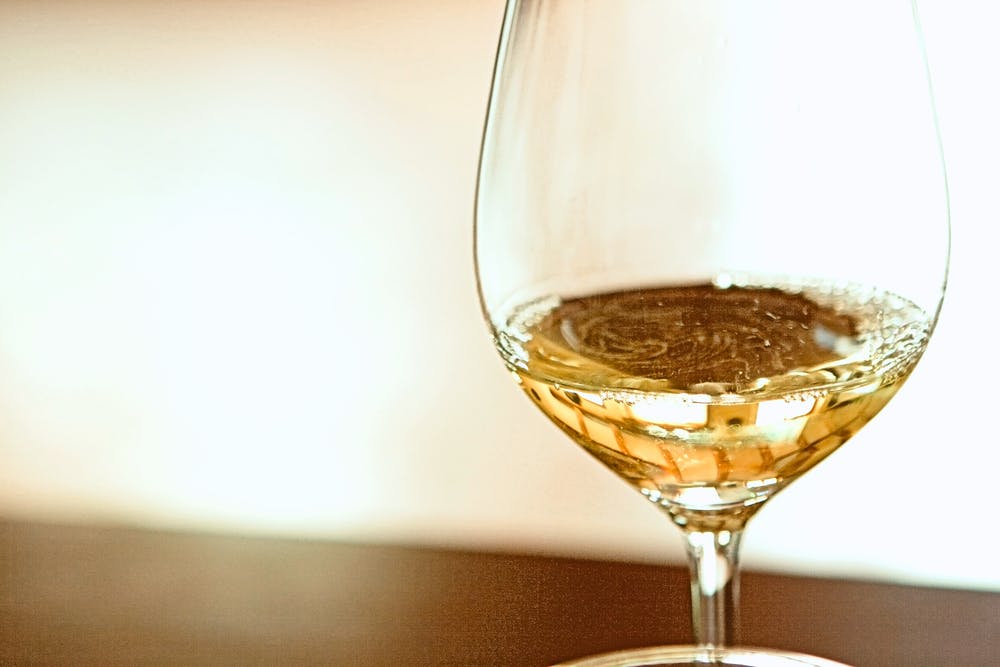How to enjoy white wine
The Czech Republic and its wine-growing areas are located more in the northern parts of wine-growing Europe, which also implies the character of our wines. Slightly colder climate, less sunny days, longer ripening time of grapes and, last but not least, specific soil conditions shape the character of our wines and also predetermine the varietal composition.
Our white wines are usually fresher, juicier, with a higher acid content and are often richly aromatic. They are very popular from when they are young up to several years old. However, the potential for archiving is possible for many varieties.
Our white wines are usually fresher, juicier, with a higher acid content and are often richly aromatic.
On average, wine producers in the Czech Republic produce about 60 million litres of wine. However, this amount changes significantly with regard to the course of the weather. Spring frosts, summer rains and the occurrence of pests significantly affect the volume of the harvest every year. Depending on the vintage, our winemakers produce about 40 million litres of white wines which represents about 2/3 of wine production in the Czech Republic.

In general, our winery is characterized by an extraordinary varietal diversity, not only in the cultivation of vines but also in its breeding. Our most common, and therefore also the most popular varieties for the production of white wines include Grüner Veltliner which is the most cultivated grape variety in the Czech Republic, alongside Müller Thurgau, Riesling, Welschriesling, Sauvignon, Pinot Gris, Chardonnay and others. Despite the clear varietal focus of our winemakers, cuvées, i.e. wines made from several varieties, are also becoming very popular.v
White wine is served chilled to a temperature of 8–12 °C while young and less aromatic wines are chilled more
White wine is the most universal of all wines regardless of the season. It is suitable for everyday and holiday drinking throughout the year. White wine is served chilled to a temperature of 8–12 °C while young and less aromatic wines are chilled more; mature, more aromatic wines then less. We serve white wines from younger, less aromatic and drier as well as white wines that are older, aromatic and with higher residual sugar. Glasses with a volume of 0.25–0.4 l are the most suitable for drinking white wines. We pour the wine only into about a third of the volume of the glass, so that the aroma of the wine can sufficiently develop in the rest of it. As a rule, we do not add white wine to an unfinished glass to preserve its proper temperature.
In general, wine and food should blend together, so combine similarly distinctive foods and wines, that is, less pronounced dishes with less aromatic wines, and vice versa. White wines go well with lighter dishes with less pronounced spices, vegetables, not very aromatic pasta, chicken, fish and seafood, and as sweet wines (selections from berries and cibebas, straw and ice wines) go well with sweet desserts. But don't be afraid to experiment with wine and food and discover unsuspected combinations.